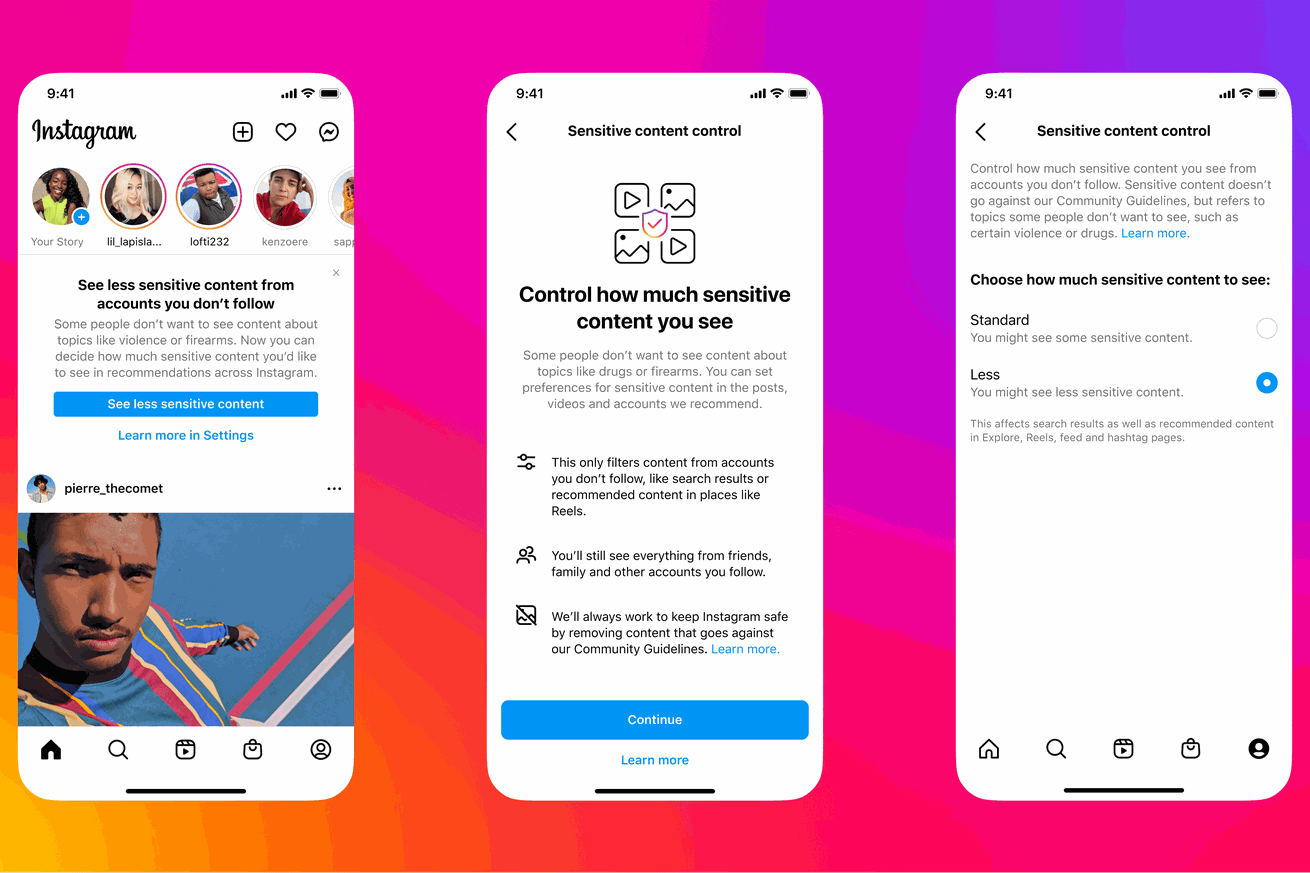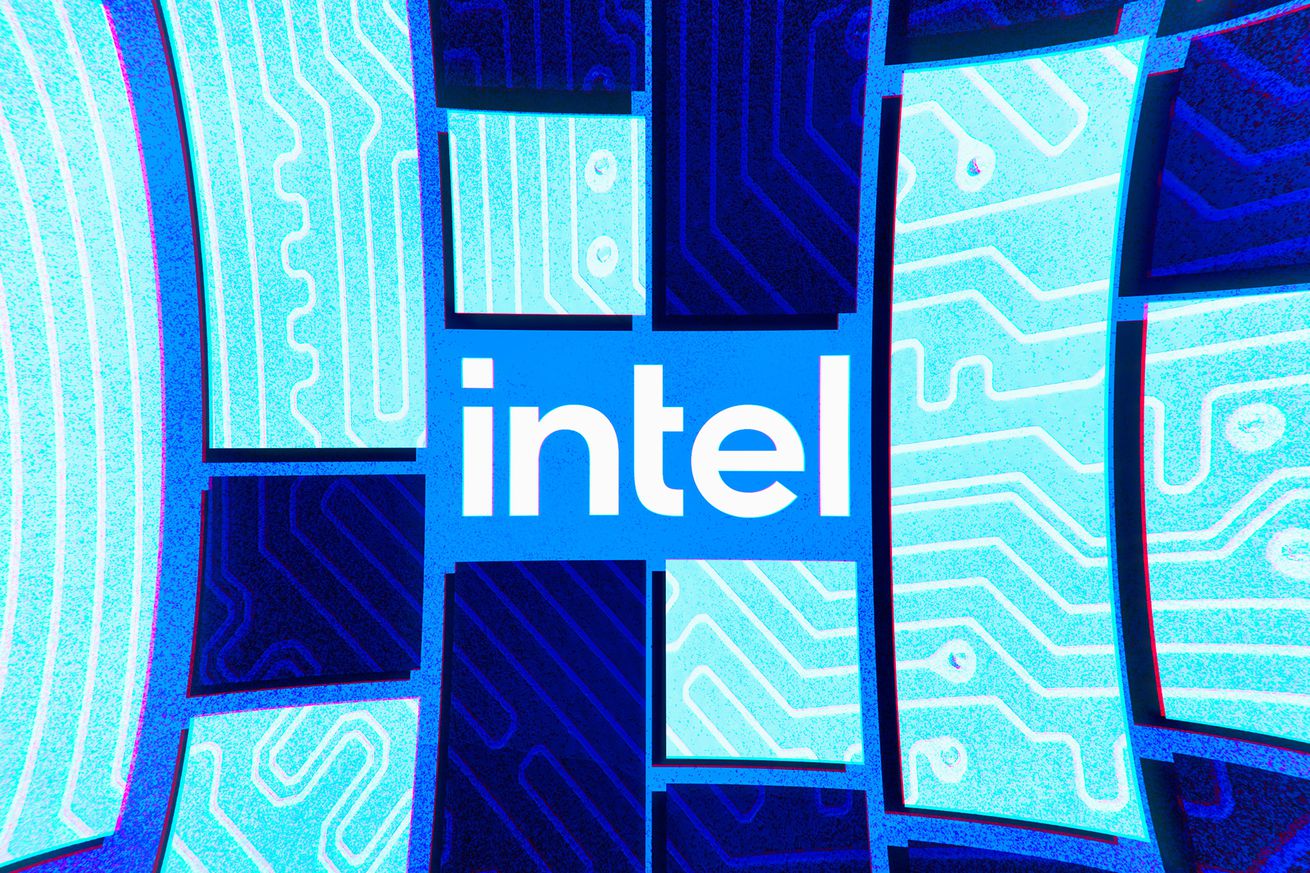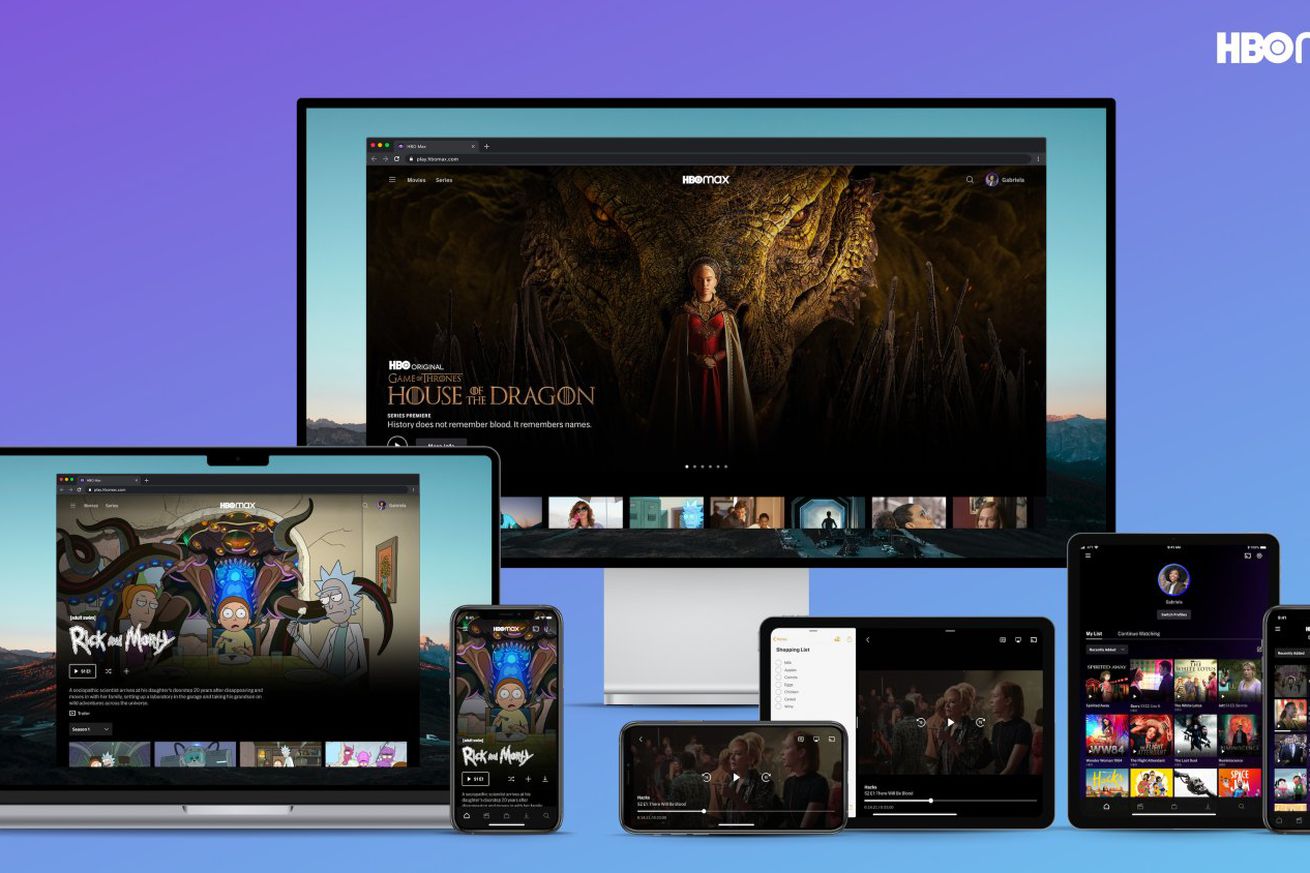
T-Mobile says it's getting rid of mobile dead zones thanks to a new partnership with SpaceX's Starlink satellite internet, at an event hosted by T-Mobile CEO Mike Sievert and Elon Musk. With their "Coverage Above and Beyond" setup, mobile phones could connect to satellites and use a slice of a connection providing around 2 to 4 Megabits per second connection (total) across a given coverage area.
According to Musk, second-generation Starlink satellites launching next year will be able to broadcast service using part of T-Mobile's mid-band PCS spectrum, which was bolstered when it was allowed to buy Sprint a few years ago. Musk said the new satellites have "big, big antennas" that are 5 to 6 meters across to enable the new connections and that the plan is to launch the equipment using its upcoming Starship rocket.
Note, connectivity will be 2 to 4 Mbits per cell zone, so will work great for texting & voice calls, but not high bandwidth
— Elon Musk (@elonmusk) August 26, 2022
The company says it'll let you text, send MMS messages, and even use "select messaging apps" whenever you have a clear view of the sky, even if there's no traditional service available. According to a press release from T-Mobile, the "satellite-to-cellular service" will be available "everywhere in the continental US, Hawaii, parts of Alaska, Puerto Rico and territorial waters."
"If there aren't too many people in the cell zone, you may potentially even have a little bit of video," said Musk. As Sievert described it, operators of messaging apps like WhatsApp or iMessage will need to work with T-Mobile and Starlink for their services to recognize the satellite connection and work with it once it launches.
Musk provided a bit more detail by saying that, unlike usual internet service, it could work without access to Starlink's full satellite constellation. By limiting it to certain messages and services, as well as only in places that don't currently have cellular connectivity, it could use a more intermittent connection for "basic" coverage, although you might have to wait 30 minutes for a message to go through.
The two execs said they're seeking partnerships with mobile carriers worldwide who would be interested in reciprocal spectrum sharing agreements so that their customers can link up with SpaceX. T-Mobile customers could also use those connections when they come to other countries.
Musk also said on Twitter that one of his other companies, Tesla, will use the technology for the premium connectivity feature in its electric vehicles. Currently, Tesla uses AT&T's network for things like live traffic visualization, satellite-view maps, and music streaming.
/cdn.vox-cdn.com/uploads/chorus_asset/file/23971937/t_mobile_spacex.jpg) Image: SpaceX
Image: SpaceX
The service will launch in beta by the end of next year in "select areas," and Sievert says he hopes it will someday include data. He says that when it launches, T-Mobile's "vision" is for it to be included for free in the carrier's "most popular plans," though he did say that today's event isn't an official announcement. He said T-Mobile wants to make it available to people with "low cost" plans for a "monthly service fee" lower than current satellite connectivity services. (That does potentially encompass a wide range of prices, though — Garmin's InReach satellite messenger subscription plans, for example, start at $14.95 per month but go up to $64.95 a month.)
T-Mobile says that subscribers' current phones will be able to utilize the network — no special equipment required. As Elon Musk said in the announcement: "the phone you currently have will work."
/cdn.vox-cdn.com/uploads/chorus_asset/file/23972006/starlink_musk_sievert.jpg) Image: SpaceX
Image: SpaceX
The fact that it's using traditional cell spectrum is a bit of a double-edged sword. Not requiring special equipment is an obvious advantage, but T-Mobile doesn't own the rights to that spectrum worldwide. So while SpaceX's satellites could technically communicate with phones internationally, T-Mobile may not have rights to the same bands its system uses when you take your phone to another country or into international waters.
That's not the case for traditional satellite communications networks, like the Iridium system Garmin uses. If phone manufacturers wanted to introduce their own version of this feature, something Apple has been rumored to be working on, partnering with other satellite providers could net them more coverage than T-Mobile's planning to offer.
As Walter Piecyk, an analyst at Lightshed Partners, tells The Verge: "Apple and Samsung might have an easier time integrating existing satellite connectivity into their upcoming phones than Starlink will face in trying to cobble together spectrum rights with wireless operators around the globe."
Fights over spectrum rights could get messy and indeed already have. T-Mobile and Verizon have lobbied the Federal Communications Commission to stop a company called AST & Science from launching satellites that could provide mobile phone service from space, claiming that its system could interfere with its land-based networks. SpaceX is embroiled in a battle with Dish Networks over the 12Ghz spectrum, which the latter wants to use for terrestrial 5G. Musk's company has warned its home internet users that Dish using 12Ghz could totally destroy its satellite internet service. Analysts have even questioned whether the service announced today will require additional approvals from the FCC.
Sievert also said that T-Mobile was "open" to the possibility of using SpaceX for its network backhaul in the future, especially in rural areas. While that's a few steps ahead from what the two companies are pitching now (again, Musk says each cell will support around 2-4 megabits), it could help make it less expensive for the carrier to expand its network. Such a plan would be similar to what Verizon announced in collaboration with Amazon's Kuiper satellite internet project, though that plan seems much further away from fruition, as Amazon doesn't seem to have launched any of its satellites yet.
Earlier this year, SpaceX lost a bid for rural internet subsidies because of the cost of its equipment. But if it can piggyback off T-Mobile's existing equipment, which people in rural areas may already own, that could help its case with the Federal Communications Commission. The Thursday presentation certainly hit on rural coverage, with videos of people in remote parks, the mountains, or herding animals.
Update 10:15PM ET: added information about where the service will be able to cover, as well as Tesla using it for premium connectivity in its cars.


/cdn.vox-cdn.com/uploads/chorus_asset/file/23971330/300703943_6456436697705998_2903079984586816190_n.png) Image: Instagram
Image: Instagram





/cdn.vox-cdn.com/uploads/chorus_asset/file/23968177/Screenshot_2022_08_24_130334.jpg) Image: Google
Image: Google

/cdn.vox-cdn.com/uploads/chorus_asset/file/23969145/IMG_2401.jpeg) Screenshot by Jay Peters / The Verge
Screenshot by Jay Peters / The Verge
/cdn.vox-cdn.com/uploads/chorus_asset/file/23969147/IMG_2399.jpeg) Screenshot by Jay Peters / The Verge
Screenshot by Jay Peters / The Verge
/cdn.vox-cdn.com/uploads/chorus_asset/file/23969165/IMG_2402.jpg) Screenshot by Jay Peters / The Verge
Screenshot by Jay Peters / The Verge
/cdn.vox-cdn.com/uploads/chorus_asset/file/23969185/IMG_2403.jpeg) Screenshot by Jay Peters / The Verge
Screenshot by Jay Peters / The Verge

/cdn.vox-cdn.com/uploads/chorus_asset/file/23966742/Acer_Chromebook_Vero_514_Product_1.jpg) Image: Acer
Image: Acer



/cdn.vox-cdn.com/uploads/chorus_asset/file/22653346/dseifert_4630_amazon_echo_show_5_2nd_gen_12.jpg) Photo by Dan Seifert / The Verge
Photo by Dan Seifert / The Verge
/cdn.vox-cdn.com/uploads/chorus_asset/file/23963644/Google_Family_Bell.jpg) Image: Google
Image: Google
/cdn.vox-cdn.com/uploads/chorus_asset/file/23262921/jtuohy_220216_5036_0002.jpg) Photo by Jennifer Pattison Tuohy / The Verge
Photo by Jennifer Pattison Tuohy / The Verge





